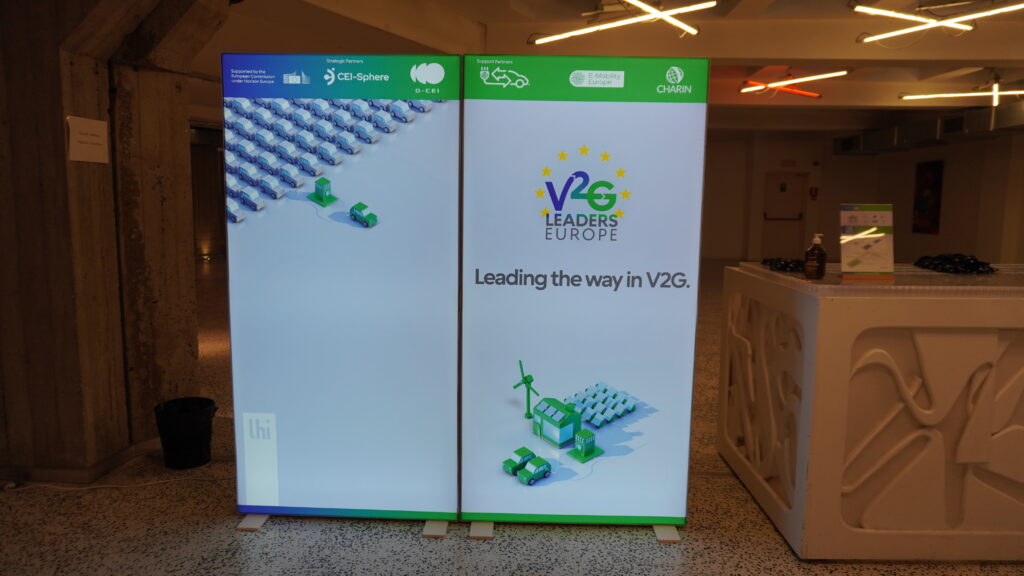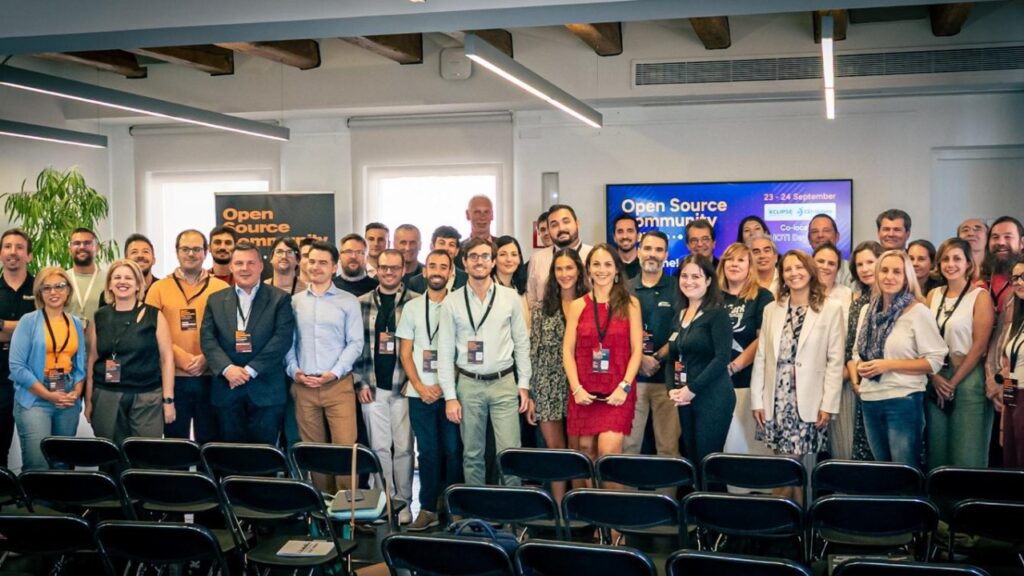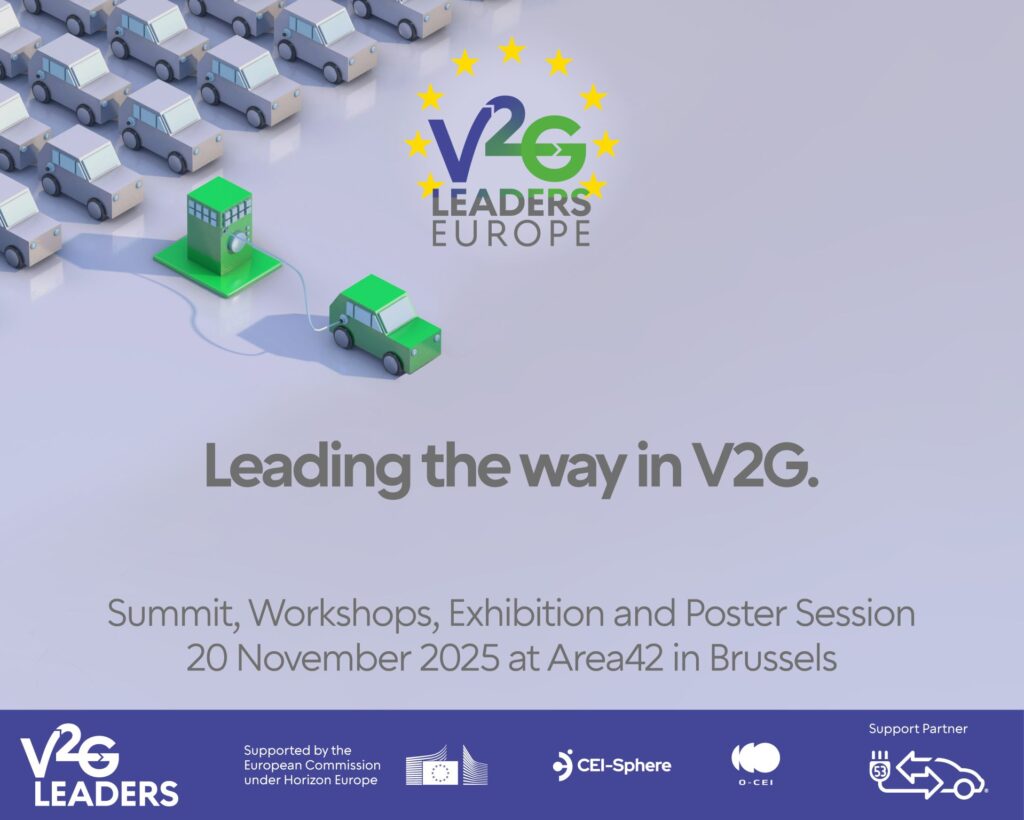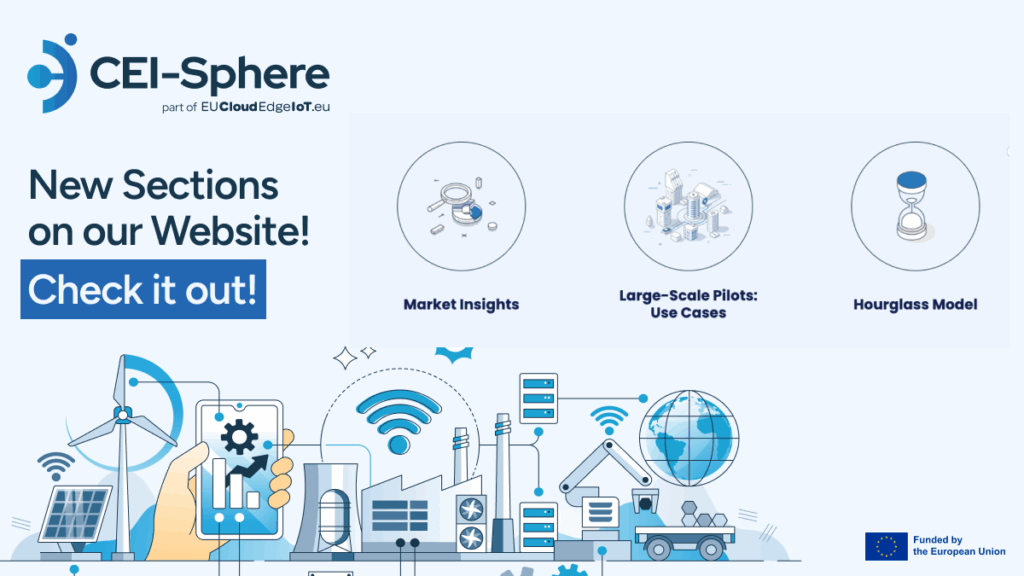In the context of the “EUCloudEdgeIoT.eu RIA Showcase” organised by the Open Continuum CSA, to present cutting-edge results and advancements in the Cloud-Edge-IoT Computing Continuum, the ACES-EDGE Research and Innovation Action funded under the Horizon Europe Framework programme has co-organised a webinar to share and discuss solutions for cognition-enabled cloud-edge solutions.
On the 18th April, 2024 the webinar Future-proof solutions for cognition-enabled cloud computing has taken place, introduced by Albert Seubers, the Open Continuum Coordinator, and chaired by Fred Buining, the technical coordinator of the ACES-EDGE project. Eight coordinators and scientists of projects belonging to the cognitive cloud and the cognitive computing project clusters actively participated in the presentations and the discussions, together with about 77 attendees.
After the introductory speech of Albert Seubers, Fred Buining opened the first session, which had the objective to present and share types of AI appropriate for cognitive cloud and their use cases (Session 1). The floor was given to the presentations of the seven projects: CODECO by Rute Sofia; EDGELESS by Claudio Cicconetti; ENACT by Alexandros Nizamis; INTEND by Hui Song; CoGNET by Georgios Spanos; COGNIT by Marco Mancini; and CLOUDSKIN by Marc Sanchez Artigas.
Each project presentation laid out the technical characteristics and the approaches of their research and innovation actions, pointing out not only the specific technological choices made or the solutions under exploration, but specifically elaborated on the use of Artificial Intelligence within their solutions and to develop the possible answers to the identified challenges.
The second session introduced by Fred Buining focused on the specific management and training and deployment of AI within cloud-edge (Session 2): the question to the speakers was to discuss the ways in which the use of AI in the continuum is running appropriately and in a trustworthy and reliable manner, considering which data makes the operation and training of AI technologies reliable. Approaches presented by the speakers include the optimization of the use of AI in relation to the practical applications in use cases and the test by means of methodologies to assess process-result relationships. Thus, the behaviour of AI systems and the trustworthiness of the training data is tested by a concrete, empirical use-case oriented approach. Another strategy is to use federated approaches to test the behaviour of AI systems supporting specific operational functions.
Some projects consider explainability as a factor of trustworthiness, looking at traceability and forcing the AI to make explicit the knowledge, which is used to make certain decisions, enabling the human stakeholders to propose certain queries. One project creates challenge questions and places them into knowledge graphs, forming some kind of logical triangulations of knowledge to test final decisions made, in particular by LLMs.
The approach would be to specifically focus on the trustworthiness of AI training and model management and on the reliability of solutions, possibly splitting up the AI models and using sub-models as already validated components.
The speaker’s group also discussed additional pathways for the implementation and deployment of AI systems in the light of the fast, daily developments of AI technologies, such as exploring the use of LLMs and the testing of the compliance of the models in the continuum used with the specifications of the AI act, also using LLMs as test benchmarks to improve explainability of decisions.
Another method, which is currently experimented to improve the trustworthiness of AI models, is using swarm intelligence, increasing the variability of testing, building on decentralization of systems.
The following third session (Session 3), introduced by Fred Buining, targeted future research avenues for systems in the cloud-edge continuum within funding programmes.
The points made, include
- a deeper assessment of the availability of scarce datasets for decentralized systems, maybe through a common experimental cluster testing environment and possibly creating dataspaces publicly available.
- Edge-specific calls, dedicated to specific elements of the EDGE cloud computing as a means to reach digital sovereignty.
- developing “European” LLMs has been raised, and support should be provided to develop them locally and to take advantage of the European supercomputer infrastructure.
- research into ethics of AI.
- produce and share datasets and produce synthetic, game-changing datasets to run Edge systems.
- promote the development of European Cloud-Edge infrastructures dedicated to specific application areas such as smart cities, targeting the common good, possibly supported by the EIB.
- Calls in which the edge cloud computing is applied to one vertical industry segment to boost digital sovereignty of that industry vertical (instead of spreading a project over 3-4 use cases from multiple industry sectors).
In the fourth session (Session 4), Francesco Mureddu presented two projects about Edge systems and the perspective on value of data technologies based on two projects: TEMA on natural disaster management and GLACIATION, on privacy and personal data ownership and privacy-preserving platform and systems and frameworks to enhance privacy awareness and management in Edge environments.
Conclusions
There are immense values in the diversity of the technologies developed in the Cloud-Edge continuum. The Edge-Cloud is the first hop from the device onto the web. Developing a cloud that runs at the first hop and that is powerful enough to process big data and AI locally, will be an enabler for digital sovereignty and could be developed by European Entities and allows the enforcement of European values on applications, data sharing and AI.
AI requires datasets for training and there is an enormous potential in public sector information. Furthermore, another challenge is to develop models to monetise these datasets.
Values emerging
- a clear trend towards technologically complex and ambitious projects, however the concrete application of such complexity is a bit risky, even if the high challenges have potential.
- lots of touchpoints between the projects and different angles to tackle different types of problems and to find multifaceted solutions.
- data is fluent, and the actual processes, the values and the benefits almost in all cases occur at the Edge.
- the interest in the potential in LLMs.
- the development of common tools and solutions, pursuing common targets with different approaches.
- All these developments would benefit from the development and availability of large-scale testbeds and large-scale infrastructures.
Access the Webinar Resources:
The showcased RIAs (Research and Innovation Actions) presented a spectrum of impactful research in action. For those who missed the live session, the webinar recording, and presentation slides are now available. Dive into the insightful presentations by Rute Sofia (CODECO), Claudio Cicconetti (EDGELESS), Alexandros Nizamis (ENACT), Hui Song (INTEND), Georgios Spanos (CoGNET), Marco Mancini (COGNIT), Marc Sanchez Artigas (CloudSkin), Francesco Mureddu (TEMA and GLACIATION).
Click below to access the slides:
Acknowledgments:
Special thanks to
Fred Buining (Chair), Albert Seubers, Rute Sofia, Claudio Cicconetti, Alexandros Nizamis, Hui Song, Georgios Spanos, Marco Mancini, Marc Sanchez Artigas, Francesco Mureddu.
Stay tuned for more in-depth coverage and analysis of the EUCloudEdgeIoT RIA Showcase here.




